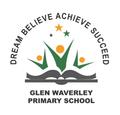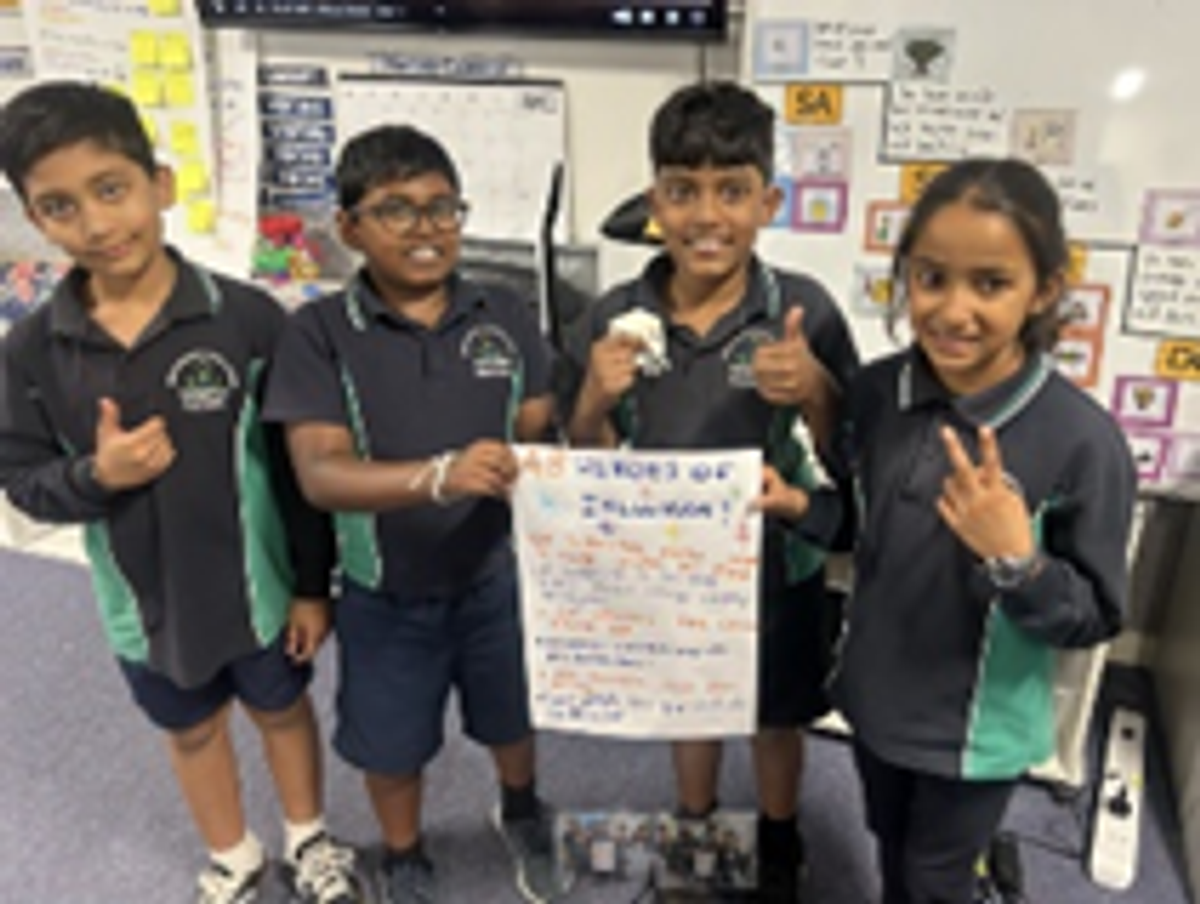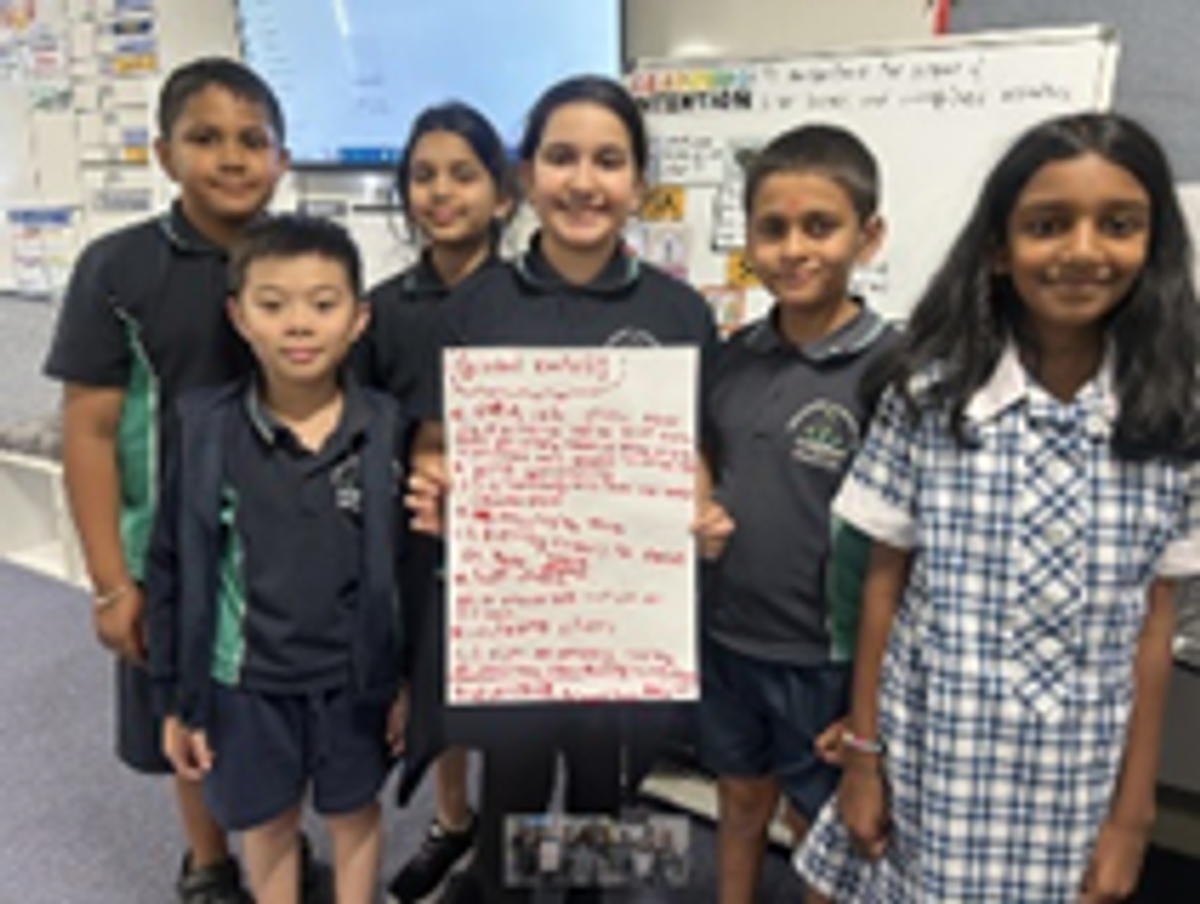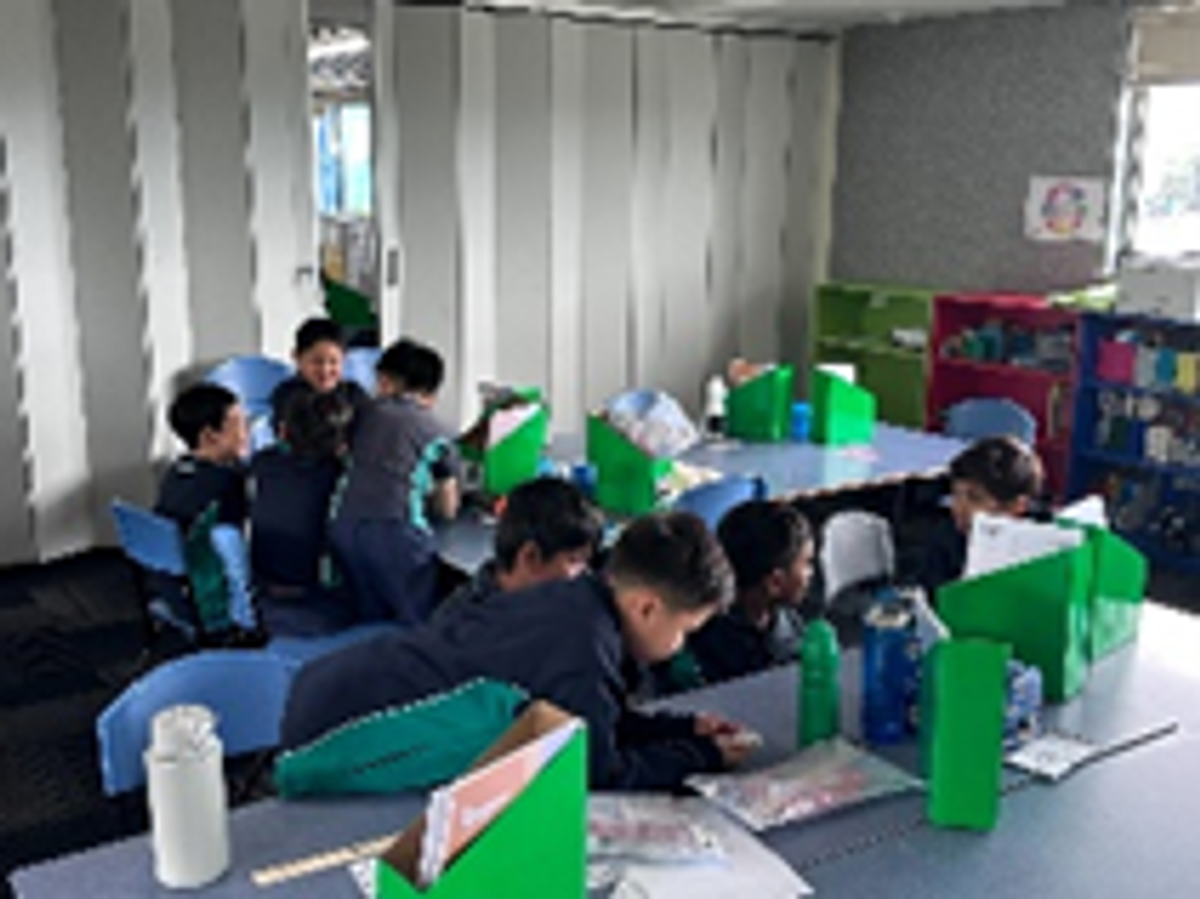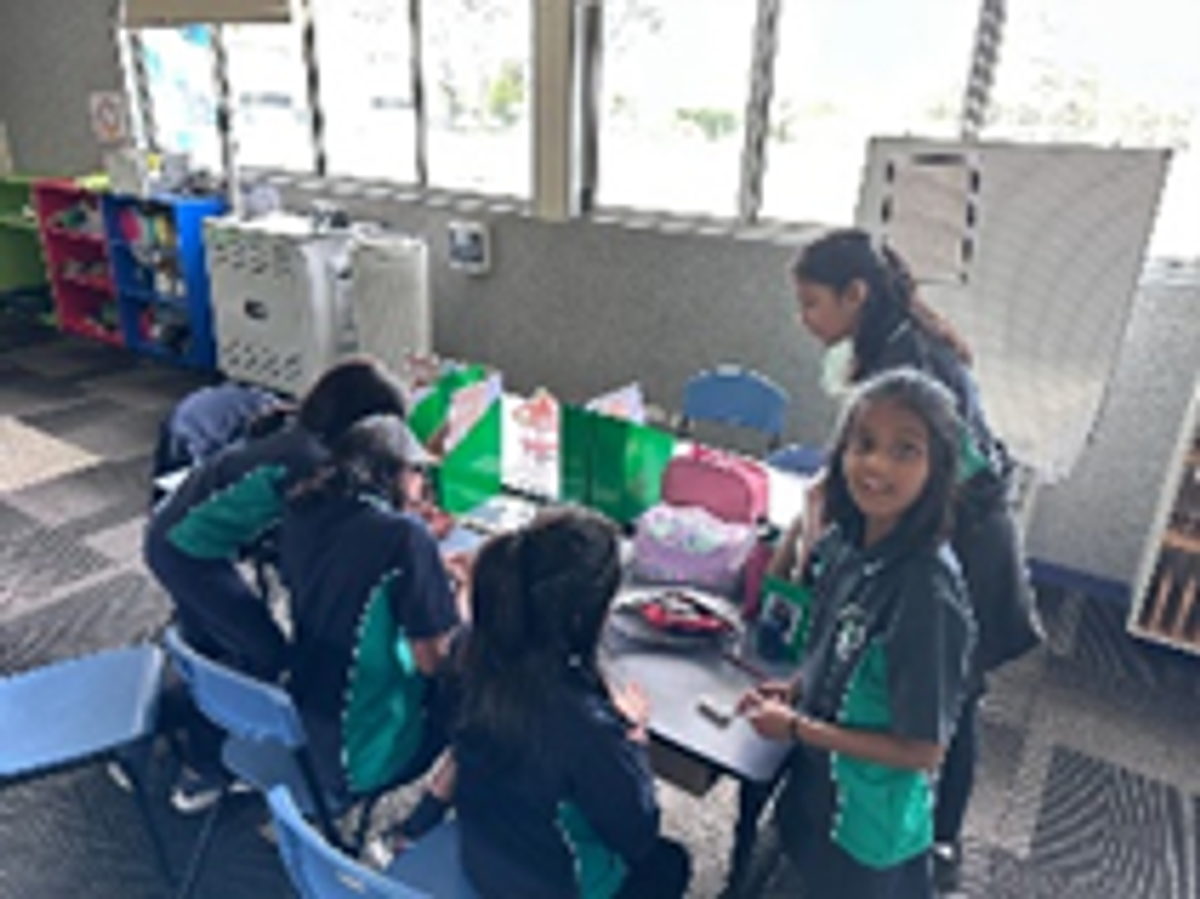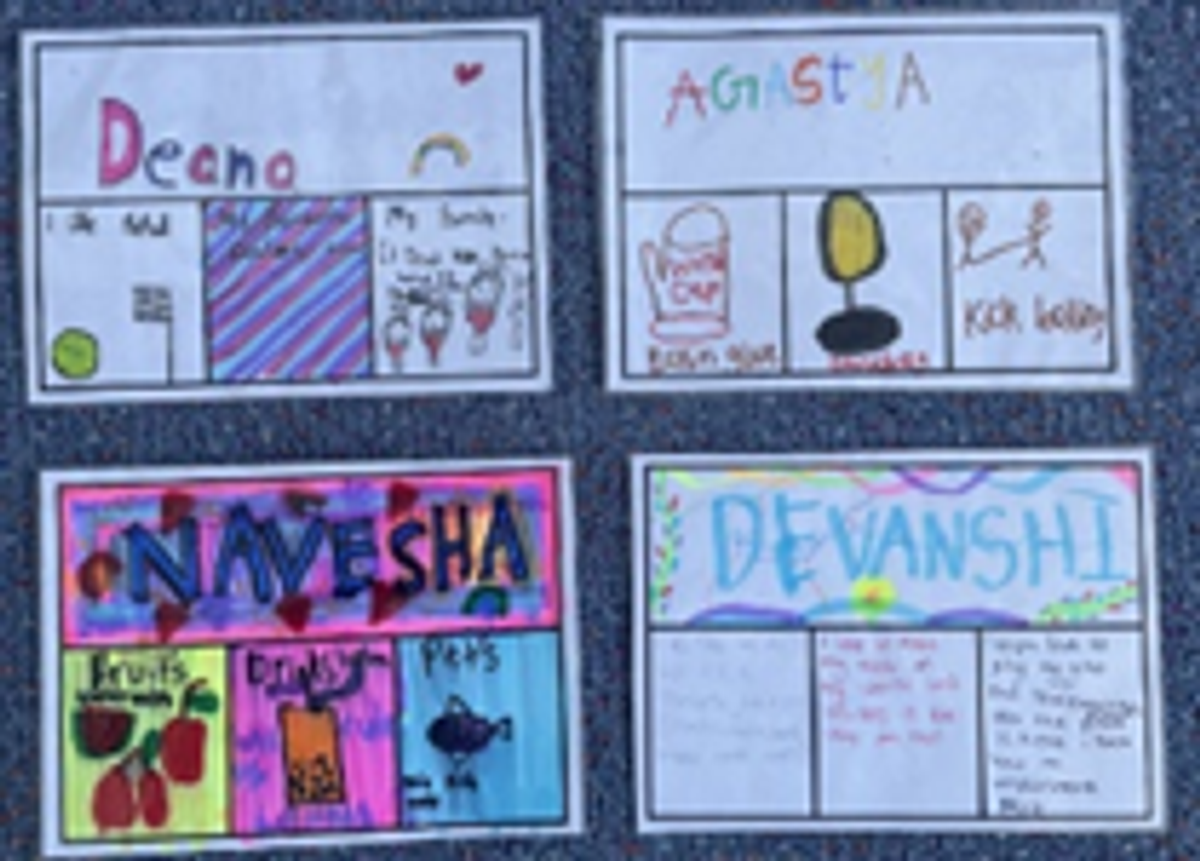Term 1
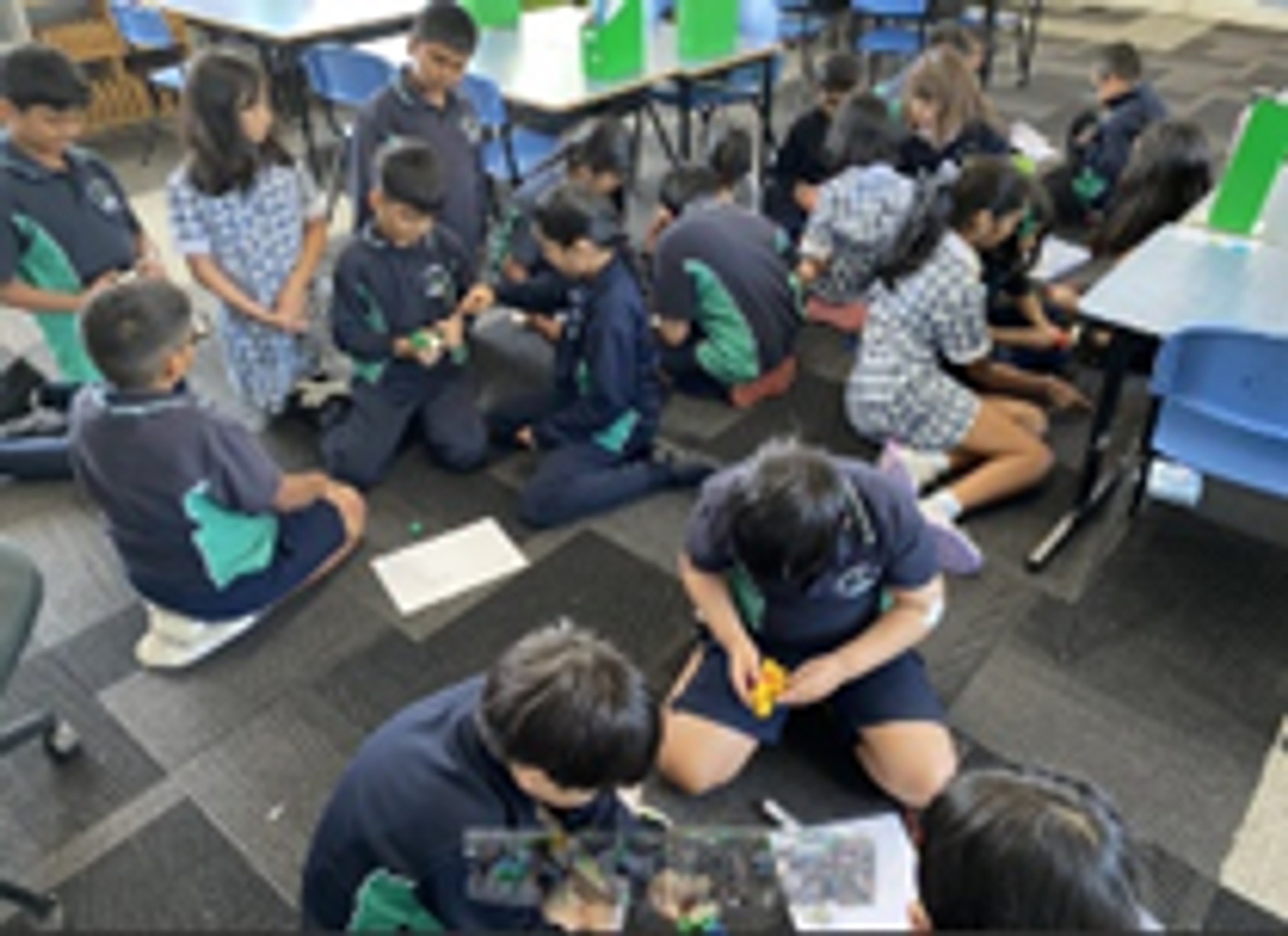
Reading
In Term One, students will focus on reading informative texts and persuasive texts, aligning closely with their Inquiry unit of learning. They will develop research skills to gather information and use their knowledge to inspire action on significant issues. Using the whole-school CAFE approach, students will enhance their reading through targeted strategies:
Comprehension:
- Making meaningful connections based on their schema, including text-to-self, text-to-text, and text-to-world links.
- Asking thoughtful questions before and during reading to deepen understanding.
Accuracy:
- Using their knowledge of letters and sounds to decode new words (EAL learners).
- Identifying vowel teams and blends to read words with more complex sounds and tricky spelling (Years 3/4).
- Recognising and understanding more complex Tier 3 vocabulary (Years 5/6).
- Reflecting on whether a word makes sense in the context it is found and explaining why or why not.
Fluency:
- Selecting good-fit fiction and non-fiction texts and justifying their choices.
Expand Vocabulary:
- Identifying topic-specific words related to their content area.
- Exploring how visuals, such as diagrams and images, enhance their understanding of vocabulary.
By the end of the term, students will have built their skills to confidently engage with diverse texts, analyse information critically, and connect their learning to real-world contexts.
Key Vocabulary:
Language features
Multimodal elements
Cohesive devices
How you can support your child at home in Reading
Ask Questions Before, During, and After Reading: Before reading: What do you think this text will be about? During reading: What questions do you have so far? What do you think will happen next?After reading: What was the main idea? How could this information be used in real life?
Visit the library or bookstore and let your child choose books that interest them.
Research a shared topic of interest online and discuss what you learn.
Writing
This term, students will focus on developing their skills to write informative and persuasive texts. They will engage in research to gather accurate information, which will be used to construct compelling pieces that inspire action on topics raised in this term’s Inquiry learning.
Throughout the term, students will apply the whole-school VOICES approach to refine their writing. This framework encompasses:
Voice: Expressing individuality and purpose in writing.
Organisation: Structuring their writing into clear, cohesive paragraphs of three to four sentences, each focused on a single idea. They will also ensure that their writing adheres to the specific structure of the genre.
Ideas: Presenting well-developed and engaging ideas.
Conventions:
Checking spelling to ensure accuracy.
Correctly punctuating the end of every sentence.
Using capital letters for significant words in titles.
Maintaining correct verb tense throughout their writing.
Excellent Word Choice: Selecting precise and impactful vocabulary.
Sentence Fluency: Crafting smooth and varied sentence structures.
Students will refine their research skills to build a strong foundation for their writing. With a focus on organisation and conventions, they will enhance their ability to produce polished and structured texts, culminating in persuasive writing that effectively calls others to take action.
How you can support your child at home in Writing?
Persuasive: Encourage your child to write a letter or email about a cause they care about (e.g., convincing the family to adopt a pet or advocating for an environmental change in the community). Discuss how they can include strong reasons, examples, and a call to action.
Informative: Suggest creating a fact sheet, poster, or blog about a topic they are passionate about, such as a favourite animal, a historical event, or a science concept. Help them organise their ideas into clear paragraphs with a beginning, middle, and end.
Encourage your child to share their writing with others, such as reading their piece to family members, sending it to a friend, or even submitting it to a school newsletter or local competition.
Spelling and Grammar
In Term One, students will focus on revising and applying key spelling and grammar rules to enhance their writing. They will strengthen their understanding of:
Apostrophes: Correctly using apostrophes for contractions and to show possession.
Contractions: Recognising and forming contractions accurately, ensuring correct placement of the apostrophe.
Phonemes: Revisiting phonemes such as the soft "c" sound and exploring how it influences spelling patterns.
Double Letter Rules: Applying rules for doubling letters in words, such as when adding suffixes.
Quotation Marks and Punctuation: Using quotation marks correctly for dialogue and direct speech, as well as reviewing punctuation placement within sentences.
Tricky Words: Identifying and practising commonly misspelled or challenging words to improve accuracy in writing.
Students will embed these skills through meaningful writing tasks, ensuring they can apply their knowledge in context. This term, the aim for our Year Four students is to refine their grammar and spelling abilities so to write with precision, demonstrating improved spelling and grammar across all genres.
Key Vocabulary:
Compound and complex sentence
Clause
Conjunctions
Connectives
How you can support your child at home in Spelling and Grammar?
Take turns expanding sentences verbally to include adjectives, adverbs, or conjunctions (e.g., "The dog barked" could become "The small, brown dog barked loudly because it saw a stranger").
Challenge your child to find and spell tricky words they encounter in books, signs, or conversations.
When reading together, discuss how the text is organised. For example, in an informative text, point out headings, subheadings, and key ideas grouped in paragraphs. In a persuasive text, highlight how the author uses reasons to support their opinion.
Mathematics
This term sees the implementation of Ochre Mathematics across our school, an exciting new mathematical approach that will aim to support our learners in retaining the concepts taught throughout the year, through Daily Reviews and repetition. This approach is aligned with the Science of Learning, an evidence-based teaching approach on how students learn. The mathematical concepts taught in Term 1 are:
Data Representation
Factors and Multiples
Multiplication and Division
Perimeter and Area
Key Vocabulary:
Data Representation | Factors and Multiples | Multiplication and Division | Perimeter and Area |
Data Graphs Label Scale Axis Frequency Interpret | Common factor/multiple Prime number Composite number Divisible | Product Quotient Remainder Distributive property Commutative property | Length Width Height Square units Formula |
How can you support your child’s Mathematics learning at home?
Data Representation: Create a family survey: Have children collect data on family preferences (e.g., favourite meals or movies) and represent the results using bar graphs or pie charts. Analyse real-world data: Look at weather forecasts, sports statistics, or grocery receipts and discuss how the data is represented.
Factors and Multiples:
Play number games: Use a deck of cards or dice to identify factors or multiples of a chosen number. For example, roll two dice, multiply the numbers, and find all factors.
Multiplication and Division:
Practice with real-world problems: Use grocery shopping or cooking to practice multiplication and division (e.g., calculating the total cost of multiple items or dividing a recipe).
Perimeter and Area:
Build with blocks: Use building blocks or LEGO to create shapes and calculate their perimeter and area.
Inquiry
Question: ‘How do we share our planet?’
Global Goals
Goal 11: Sustainable Cities and Communities
Focuses on creating inclusive, safe, resilient, and sustainable urban areas that enhance quality of life for all.
Goal 12: Responsible Consumption and Production
Promotes sustainable practices in resource use and production while reducing waste to protect the planet.
Goal 13: Climate Action
Encourages urgent action to combat climate change and its impacts through global cooperation and sustainable solutions.
Goal 14: Life Below Water
Aims to conserve and sustainably use oceans, seas, and marine resources for sustainable development.
Goal 15: Life on Land
Focuses on protecting, restoring, and promoting the sustainable use of terrestrial ecosystems, forests, and biodiversity.
Goal 17: Partnerships for the Goals
Emphasises the importance of global partnerships to achieve sustainable development through shared resources, expertise, and collaboration.
Summary of Learning
This term, students will explore the compelling Inquiry topic, ‘How do we share our planet?’, which focuses on understanding our shared responsibilities to the environment and our interconnected world. The unit begins by unpacking the central Inquiry question and delving into the United Nations Global Goals 11, 12, 13, 14, 15, and 17. Through this, students will develop an understanding of the significance of sustainable development, ethical responsibility, and the need for collaborative global efforts.
The learning journey commences with an exploration of geography, where students investigate continents, countries, climates, and their distinct features. They will describe how humans adapt to various climates, examining the ways cultures and communities have innovatively responded to environmental conditions. Students will also explore Australia's interconnectedness with the world, analysing trade, migration, and shared environmental challenges.
In the middle phase of the unit, students will examine how communities respond to geographical challenges such as natural disasters, urbanisation, and environmental degradation. They will identify and evaluate ethical issues arising from these challenges, describe different ethical perspectives, and explore how such perspectives are formed. Discussions will focus on the values and principles that guide decisions, encouraging students to think critically about their own and others’ viewpoints.
As the unit progresses, students will delve deeper into ethical responses to global issues, considering both the actions taken and their consequences. For example, they might investigate the impacts of deforestation or rising sea levels and discuss how communities globally and locally have responded. By analysing case studies, students will explore the ripple effects of ethical decisions and evaluate the effectiveness of various responses to geographical challenges.
The unit culminates in an opportunity for students to transfer their learning into action. They will select a global concern—such as coral bleaching, rising sea temperatures, or bushfires—and choose two Global Goals to address in a proposed solution. Through persuasive texts and presentations, students will advocate for actionable responses, highlighting the importance of global collaboration. This culminating activity will empower students to consider what they, as individuals and as a global community, can do to share our planet responsibly and sustainably.
By the end of the unit, students will have developed a comprehensive understanding of our shared global responsibilities and the ethical considerations that underpin actions to protect our planet. Their learning will culminate in an expo where they present their proposals, demonstrating their ability to think critically, act ethically, and inspire change.
Key Vocabulary:
Here is some key vocabulary you can explore with your child:
Geography: The study of the Earth's physical features, climates, and how humans interact with them.
Sustainability: Meeting current needs without compromising the ability of future generations to meet their own needs.
Climate: The typical weather conditions in a particular region over a long period.
Adaptation: Changes made by humans, plants, or animals to survive in a specific environment.
Interconnectedness: The way people, countries, and systems are linked and depend on each other.
Ethics: Principles that guide decisions about what is right or wrong.
Perspective: A particular way of thinking or viewing something based on values and experiences.
Challenge: A difficulty or problem that requires effort and decision-making to overcome.
Global Goal: Objectives set by the United Nations to create a better and more sustainable future for all.
Deforestation: The clearing or thinning of forests, often for agriculture or development.
Coral Bleaching: The loss of colour in coral reefs caused by changes in ocean temperatures or conditions.
Urbanisation: The increase in the number of people living in cities and urban areas.
Action Plan: A detailed proposal for achieving a specific goal or solving a problem.
How can you support your child’s Inquiry learning at home?
Discuss Key Vocabulary and Concepts
Parents can engage their children in conversations about the key vocabulary from the unit, such as geography, sustainability, and ethics. Encourage them to explain these terms in their own words and relate them to real-world examples.
Explore Global and Local Issues Together
Read news articles or watch documentaries about topics like deforestation, coral bleaching, or rising sea levels. Discuss how these issues affect both local communities and the world and talk about ways people are working to address them.
Encourage Ethical Thinking
Present real-life scenarios related to environmental challenges and ask questions like, “What would you do in this situation?” or “What do you think is the most ethical choice and why?” This helps children practise forming and justifying their ethical perspectives.
Support Creative Problem-Solving
Help your child brainstorm solutions to environmental problems they are passionate about, such as reducing waste or protecting wildlife. Guide them in creating an action plan and encourage them to think about how these actions align with the Global Goals.
Wellbeing
The Resilience Project
In Term 1, students will be introduced to The Resilience Project, a program designed to build emotional intelligence and foster resilience through practical strategies. The focus will be on developing the three key pillars of Gratitude, Empathy, and Mindfulness, which are essential for managing emotions, building strong relationships, and navigating challenges with a positive outlook.
Throughout the term, students will engage in activities that promote these pillars in their daily lives. They will learn to practise gratitude by reflecting on what they are thankful for, develop empathy by considering the perspectives of others, and participate in mindfulness exercises to stay calm and present, even in stressful situations. These activities will be incorporated into classroom routines and discussions, providing students with the tools to enhance their emotional wellbeing. You can explore The Resilience Project at Home Hub here.
Cyber Safety Project
In Term One, our Level 4 students will begin a new and exciting journey focused on Cyber Safety, with an emphasis on the theme of Responsibility. This project will help our students develop essential digital literacy skills, while also encouraging them to think critically about their actions and well-being in the online world. As part of our iPad program, students will begin learning about safe and responsible use of digital tools by Week 3. This will include lessons on digital citizenship, respecting others online, and maintaining privacy and security when using technology in the classroom. By the end of Term 1, students will have developed essential skills for navigating both their emotional wellbeing and the digital world safely, helping them to thrive both academically and personally.
In addition to the core lessons from The Resilience Project and Cyber Safety Project, extra wellbeing sessions will be planned based on the specific needs of the cohort and what the teachers may observe throughout the term. These sessions will allow for targeted support in areas where students may require additional guidance or practice.
Key Vocabulary:
Here is some key vocabulary terms related to the wellbeing focus and technology safety for Term 1:
Resilience: The ability to recover quickly from difficulties and adapt to challenges with a positive mindset.
Gratitude: The practice of being thankful and appreciating the good things in life.
Empathy: The ability to understand and share the feelings of others, showing kindness and consideration.
Mindfulness: The practice of staying present and fully engaging in the current moment, often used to reduce stress and improve focus.
Emotional Intelligence: The ability to recognise, understand, and manage one's emotions, and the emotions of others.
Digital Citizenship: The responsible and ethical use of technology and the internet, including respecting others online.
Privacy: The right to control personal information and ensure it is kept secure from others.
Cyber Safety: The practice of protecting oneself and others from risks when using the internet and digital devices.
Digital Footprint: The trail of data and information a person leaves behind when using the internet.
Self-regulation: The ability to manage one's emotions, behaviour, and reactions in different situations, especially under stress.
Wellbeing: The state of being comfortable, healthy, and happy, both physically and mentally.
These terms will help students understand the core concepts of resilience, emotional wellbeing, and safe technology use, enhancing their learning and discussions both in and out of the classroom.
How can you support your child’s Wellbeing learning at home?
Here are some ways you can support your child’s wellbeing learning at home:
Encourage Daily Gratitude Practices
You can help your child build a habit of gratitude by encouraging them to reflect on one thing they are grateful for each day. This could be shared during family meals or written down in a gratitude journal. This simple practice will help your child focus on the positive aspects of their day and build a more optimistic mindset.
Model Empathy and Active Listening
You play an important role in helping your child develop empathy. By modelling how to listen actively and respond thoughtfully to others, you can show them the value of considering other people’s feelings. Discuss real-life situations where empathy makes a difference and even try role-playing different scenarios to help them practise these skills at home.
Promote Mindfulness and Calmness
You can guide your child through simple mindfulness activities like deep breathing exercises or moments of calm during their daily routine. Helping them practice staying calm, focused, and present will be especially beneficial when they’re feeling stressed or overwhelmed.
Discuss Digital Safety Practices
As your child begins using their iPad and digital tools in class, it’s important to reinforce the importance of digital safety at home. Discuss responsible online behaviour, the importance of respecting others, and keeping their personal information private. Setting clear guidelines for screen time and encouraging safe online choices will help them use technology in a responsible and secure way.
By supporting these practices at home, you’ll help your child strengthen their emotional resilience and develop the skills they need to thrive both at school and in everyday life.
